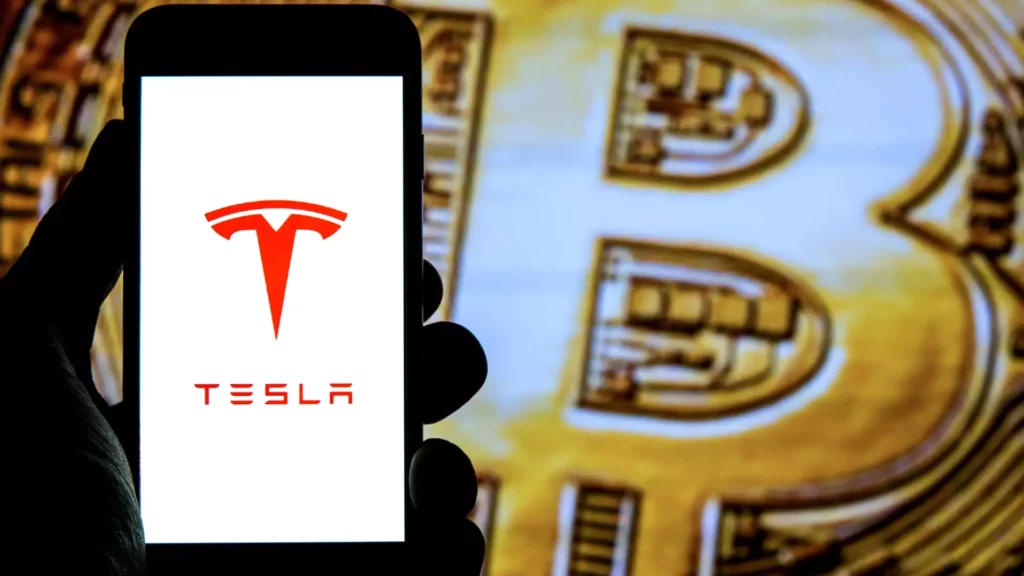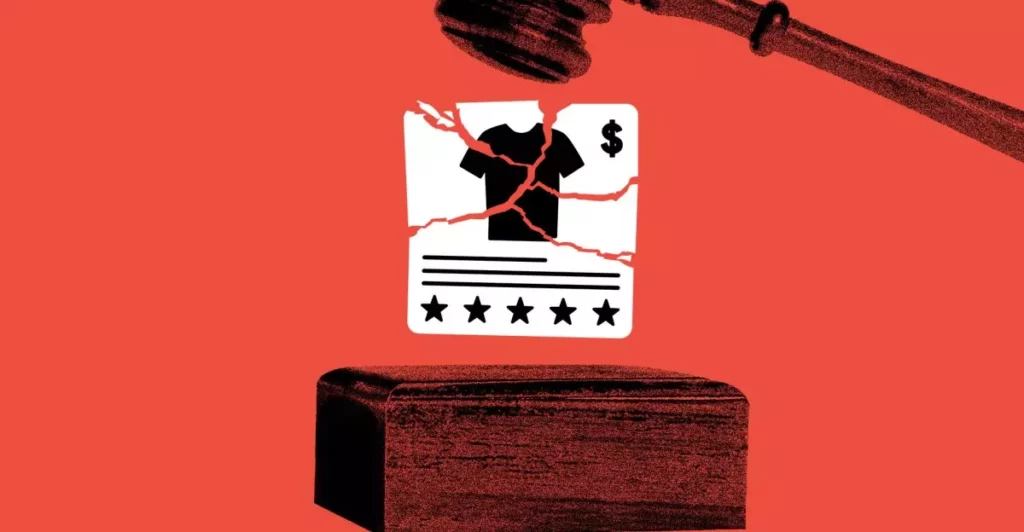Tesla’s recent financial performance casts a shadow over its otherwise impressive trajectory, not due to waning revenues or slipping profit margins alone, but because of a glaring strategic misstep: its mismanagement of digital assets. The company’s cryptocurrency holdings, valued at approximately $1.24 billion, on the surface appear as a modest diversification strategy. Yet, beneath that number lies a missed window of opportunity that, in hindsight, could have transformed Tesla’s financial foundation and accelerated its technological ambitions. This oversight symbolizes a broader disconnect within Tesla’s strategic planning—an inability to fully comprehend the transformative potential of digital assets beyond their superficial use as speculative instruments. The company’s historical enthusiasm for Bitcoin epitomized a visionary outlook, yet a series of impulsive sales—particularly during turbulent times—reveals a lack of conviction that ultimately undermined its long-term positioning.
Tesla’s initial investment of $1.5 billion into Bitcoin in early 2021 was a bold and forward-thinking move, aligning the company with a future rooted in blockchain and decentralized finance. Elon Musk’s vocal support elevated Bitcoin’s legitimacy and drove its value upward, positioning Tesla at the forefront of corporate crypto adoption. However, the subsequent decision to liquidate a large portion during a market dip demonstrated a fundamental misjudgment. Instead of holding and allowing their digital assets to flourish through market cycles, Tesla’s reactionary approach turned a significant strategic asset into a short-term capital gain, atypical of a company with the technological foresight Musk ostensibly espouses.
Lost Opportunities and the Cost of Impatience
By disposing of a sizable chunk of Bitcoin just as its value was poised for exponential growth, Tesla forfeited billions in potential value. Had it maintained its full holdings, the current valuation could be roughly fivefold higher, translating to an understated $5 billion in digital assets alone. This staggering figure underscores how a sustained holding strategy might have reshaped Tesla’s financial narrative and provided crucial leverage for its ambitious innovations, such as autonomous taxi fleets and humanoid robots. Instead of leveraging the assets as a financial cushion or an innovation fund, the company treated cryptocurrencies more like a speculative gamble than a pillar of strategic resilience.
This approach limits Tesla’s capacity to fund expanding visions in AI and robotics—areas that demand massive investment and stability. Digital assets, underutilized and undervalued in Tesla’s calculus, could serve as a safeguard against the volatility that plagues traditional automotive markets. They could refine Tesla’s financial model, enabling increased R&D and faster deployment of revolutionary products, especially in a climate where automotive sales are contending with external pressures like tariffs, supply chain disruptions, and policy shifts. The profit realized from crypto trading contributed marginally to Tesla’s overall income, but that is precisely the point—it’s a fraction of what could be achieved through strategic, patient accumulation.
Misreading the Future of Cryptocurrency
Tesla’s approach to crypto reveals an inherent conservatism that conflicts with the disruptive potential of blockchain technology. The company’s management seems fixated on short-term gains rather than viewing cryptocurrencies as a foundational element of long-term corporate strategy. This cautious stance starkly contrasts the potential for digital assets to redefine how corporations manage liquidity, hedge against economic instability, and fund substantial technological projects.
Elon Musk’s recent silence on Bitcoin further exemplifies the lost opportunity for leadership in this space. His earlier enthusiasm was a rallying cry that bolstered investor confidence and positioned Tesla as a trailblazer. Yet, in recent years, this narrative has become muted—a reflection of perhaps over-cautious risk management or strategic hesitation rather than disciplined foresight. Such inconsistency deprives Tesla of a compelling brand story: a visionary company that harnesses the power of emerging financial technologies to secure its future.
The Broader Implications for Corporate Strategy
Tesla’s digital asset journey serves as a lesson for modern corporations: underestimating the strategic value of cryptocurrencies can have long-term repercussions. While its core strength lies in tangible innovations—electric cars, batteries, and AI-driven robots—the neglect of its digital assets signals an overarching failure to integrate innovative financial tools into its strategic fabric. Cryptocurrency should not be relegated to a mere hedge; it must be embedded as a core component of corporate resilience and growth potential.
In a landscape increasingly characterized by economic uncertainty and rapid technological change, Tesla’s resistance to fully embrace digital assets represents a missed opportunity to lead by example. Holding more Bitcoin, or other promising digital currencies, and adopting a patient, strategic stance could provide the financial stability needed to nurture groundbreaking projects. Instead, the company’s tendency to react to market swings illustrates a short-sighted view—one that favors immediate gains over long-term innovation and resilience.
As a representative of center-right liberalism, I maintain that responsible financial agility—balancing caution with strategic boldness—is essential for a tech leader like Tesla. Its failure to see digital assets as an asset class with long-term value risks not just financial loss but also ceding ground to competitors who master the integration of blockchain and traditional corporate finance. Managing digital assets judiciously could prove to be the difference between a company that merely innovates and one that defines the future of technological enterprise.
The Road Ahead: Rethinking Digital Asset Strategy
For Tesla, the lesson is clear: legitimacy and resilience in the digital age depend on a thoroughgoing reassessment of how cryptocurrency fits into its corporate framework. This entails adopting transparent policies, consistent communication, and a disciplined holding strategy that recognizes the value of patience and conviction. Elon Musk’s reputation as an innovative leader inherently includes the ability to spot emerging trends and leverage them effectively.
By revisiting its stance on crypto investments, Tesla has the potential to transform perceived liabilities into strategic assets. Increased holdings, combined with integrated financial planning, could unlock a new realm of possibilities for the company—funding research, expanding production, and reinforcing its technological dominance in a competitive global market. Digital assets are no longer just speculative tools; they are foundational to the modern financial architecture of pioneering corporations. Tesla’s next move in this realm could define whether it truly remains at the forefront of innovation or becomes another cautionary tale of strategic shortsightedness.









Leave a Reply